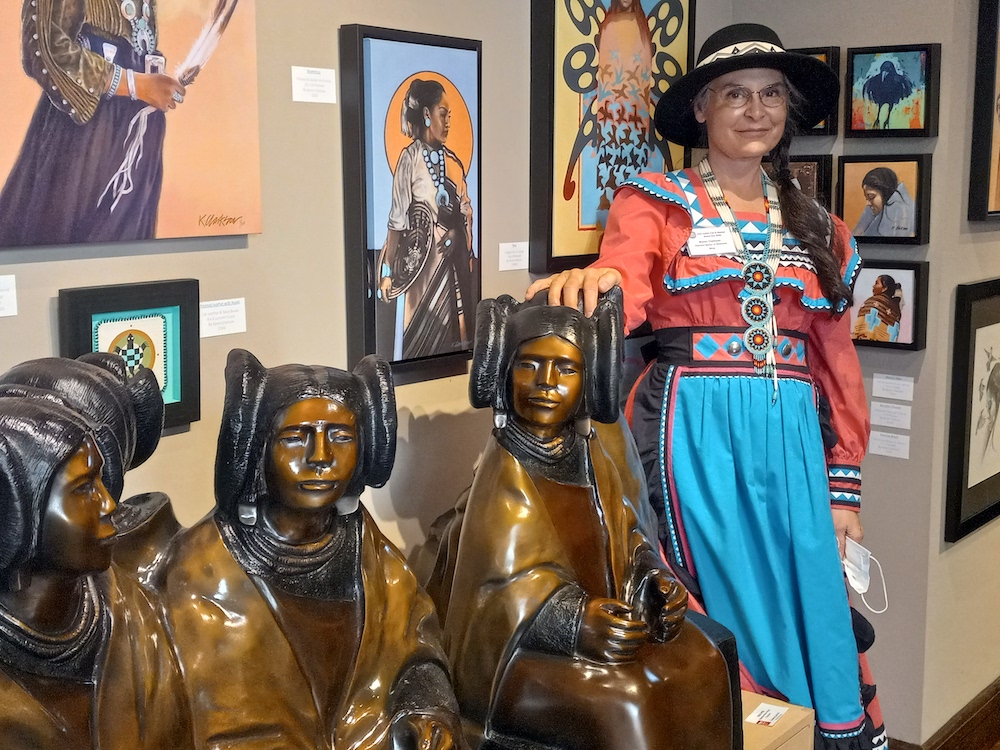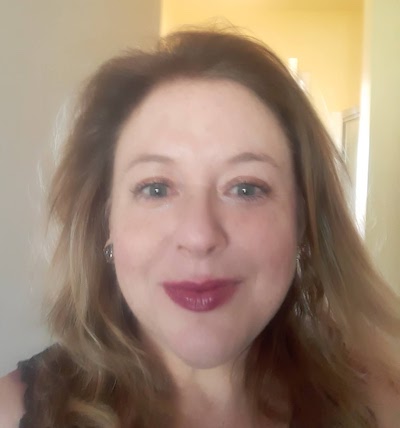
- Details
- By Tamara Ikenberg
Last weekend, the place to be seen for the top tier of Indigenous artists was the 64th Annual Heard Museum Guild Indian Fair and Market in Phoenix.
With thousands of collectors and artists flooding the grounds of the Heard Museum, it was a wildly different animal than 2021’s all-online iteration.
Instead of selling in cyberspace, the artists could stand proudly with their work and interact with collectors and colleagues the way it should be.
But is the art market world really back to its pre-pandemic glory?
It depends on who you ask.
“The numbers are really great here,” said Penobscot weaver Theresa Secord. “There have been a lot of collectors showing uo and supporting the artists. It’s going to be a great show."
Yakama and Comanche artist Carmen Selam was still a bit apprehensive about the situation.
“It doesn’t feel like it’s back to normal, but I feel like we’re definitely adapting to the new times,” she said.
Despite the issues presented by the ongoing pandemic, the market was a marvelous swirl of socializing, selling and celebrating.
Native News Online was on hand to capture some snapshots of the acclaimed artists and their stunning work.
Here is a little look at the action and art at one of Indian Country’s premiere events.
https://nativenewsonline.net/arts-entertainment/seen-at-the-heard#sigProId8e8923ebb7
More Stories Like This
Watermark Art Center to Host “Minwaajimowinan — Good Stories” ExhibitionMuseums Alaska Awards More Than $200,000 to 12 Cultural Organizations Statewide
Zuni Youth Enrichment Project Takes Top Emerging Artist Apprentices to Phoenix for Artistic Exploration and Cultural Immersion
From Dishwasher to Award-Winning Chef: Laguna Pueblo's Josh Aragon Serves Up Albuquerque's Best Green Chile Stew
Rob Reiner's Final Work as Producer Appears to Address MMIP Crisis
Help us defend tribal sovereignty.
At Native News Online, our mission is rooted in telling the stories that strengthen sovereignty and uplift Indigenous voices — not just at year’s end, but every single day.
Because of your generosity last year, we were able to keep our reporters on the ground in tribal communities, at national gatherings and in the halls of Congress — covering the issues that matter most to Indian Country: sovereignty, culture, education, health and economic opportunity.
That support sustained us through a tough year in 2025. Now, as we look to the year ahead, we need your help right now to ensure warrior journalism remains strong — reporting that defends tribal sovereignty, amplifies Native truth, and holds power accountable.
 The stakes couldn't be higher. Your support keeps Native voices heard, Native stories told and Native sovereignty defended.
The stakes couldn't be higher. Your support keeps Native voices heard, Native stories told and Native sovereignty defended.
Stand with Warrior Journalism today.
Levi Rickert (Potawatomi), Editor & Publisher


